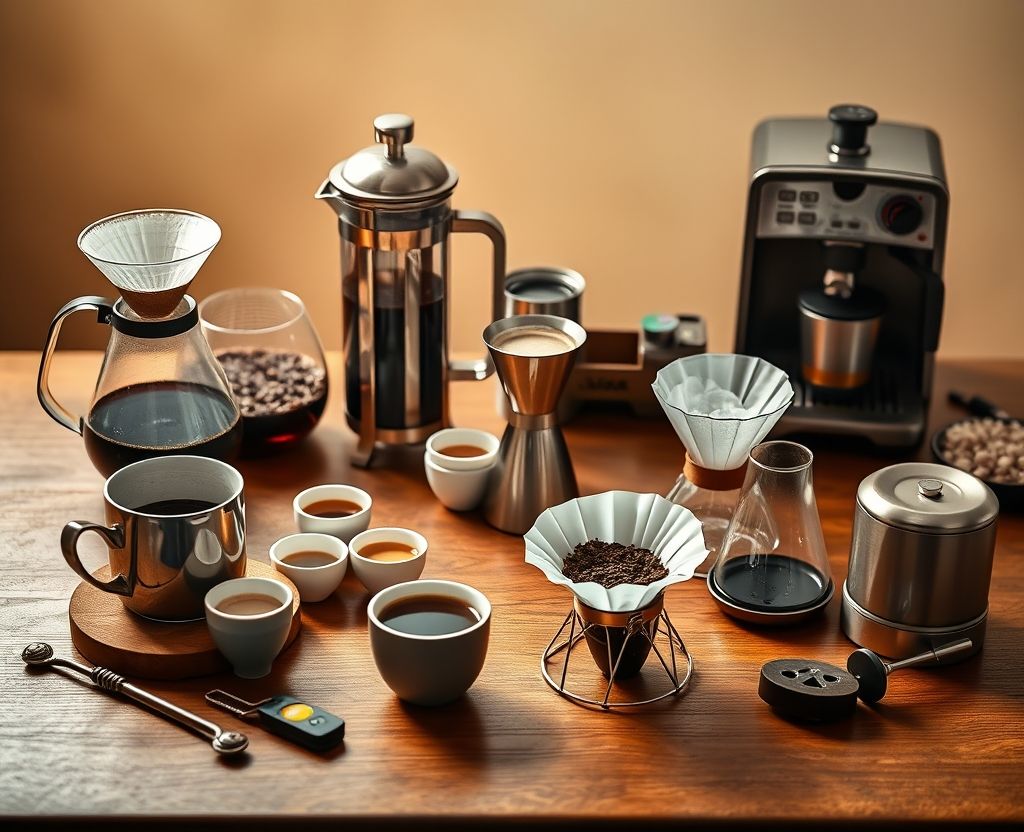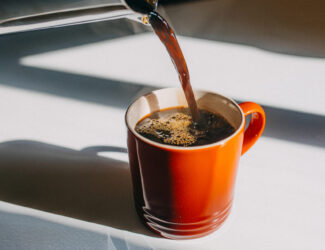
Barista Terminology | Episode 4: Brew Methods Explained
We are proud to continue our educational series on QahwaWorld.com, designed to equip baristas and coffee enthusiasts with essential industry knowledge. Titled “Barista Terminology,” this comprehensive series delivers clear, concise insights into the foundational concepts shaping the world of coffee.Spanning more than 20 episodes, each installment explores a distinct element of coffee preparation and culture.
In Episode 4, we delve into the world of brew methods—unpacking the techniques, equipment, and science behind the most popular ways to extract the perfect cup. Whether you’re mastering pour-over, French press, AeroPress, or other methods, this guide will help you brew with confidence and precision.
Coffee brewing is both an art and a science. Different brewing methods bring out different flavor profiles, aromas, and textures in coffee. In this episode, we explore the major brewing methods used around the world and introduce the essential concepts every barista must understand to master the craft.
1. Pour-Over
A manual brewing method where hot water is poured evenly over ground coffee in a filter. It allows precise control over water flow and extraction time. Pour-over coffee is known for its clarity, clean cup, and ability to highlight origin flavors. Common pour-over tools include cone-shaped drippers.
2. Immersion Brewing
A method where coffee grounds are fully steeped in water for a set time before filtration. This technique produces a heavier body and deeper flavor. Well-known immersion methods include the French press and cold brew.
3. Percolation
A continuous flow of water through the coffee bed, where gravity or pressure moves water through the grounds. Espresso machines and drip coffee makers use this method. It allows rapid extraction and is often used in commercial settings.
4. Siphon (Vacuum Pot)
An elegant and visually striking method that uses vacuum pressure to move water between two chambers. It offers high clarity and a tea-like body with intense aromas. The process requires precise temperature control and is popular among specialty brewers.
5. Arabic Coffee (Gulf-Style)
A traditional preparation method where lightly roasted coffee is boiled with water, often infused with cardamom and sometimes saffron. It’s typically served from a dallah (special pot) in small handle-less cups. This method values hospitality and ritual.
6. Turkish Coffee
An ancient method in which finely ground coffee is simmered slowly in a long-handled pot, often with sugar. It’s unfiltered, thick, and intensely flavored. The grounds settle at the bottom of the cup and are not consumed.
7. French Press
Ground coffee is steeped in hot water and then separated by pressing down a metal mesh filter. It produces a bold cup with a rich body and some sediment. It’s easy to use and favored for its simplicity and strength.
8. Chemex
A stylish pour-over device made of glass and using thick paper filters. It produces a clean, delicate cup with very low sediment. Often chosen for high-end coffee tasting due to its clarity.
9. V60 Dripper
A cone-shaped brewer with spiral ridges and a single large hole at the bottom. It allows fine control over pouring technique and is widely used in specialty coffee competitions.
10. Drip Coffee Machine
An electric device that automates the pour-over process. It’s common in households and offices due to ease of use and consistent results. Brews multiple cups at once.
11. AeroPress
A compact, portable brewing tool that uses immersion and gentle air pressure to produce a clean, balanced cup. Popular for its versatility and quick brewing. Often used in competitions and travel.
12. Cold Drip
In this slow-extraction method, cold water drips over coffee grounds for several hours. It yields a concentrated coffee with low acidity and smooth flavor, served chilled.
13. Cold Brew (Full Immersion)
Coarsely ground coffee is steeped in cold water for 12–24 hours, then filtered. It produces a sweet, mellow, and low-acid beverage, often served over ice.
14. Pressure
Used in methods like espresso and AeroPress, pressure refers to forcefully pushing water through the coffee. It intensifies extraction and creates a fuller-bodied cup, especially important for crema.
15. Extraction
The process of dissolving flavor compounds from coffee grounds into water. Each brewing method uses a different balance of time, temperature, grind size, and water flow to control extraction.
Related Stories
Barista Terminology | Episode 1: The Coffee Bean – From Seed to Roast
Barista Terminology | Episode 2: Barista Tools & Equipment
Barista Terminology | Episode 3: Espresso Basics



